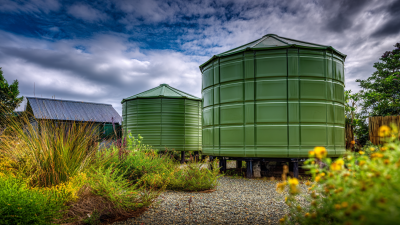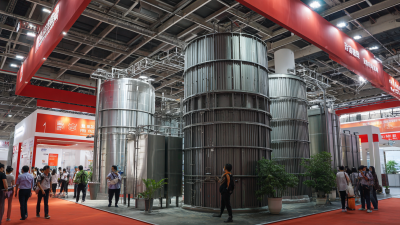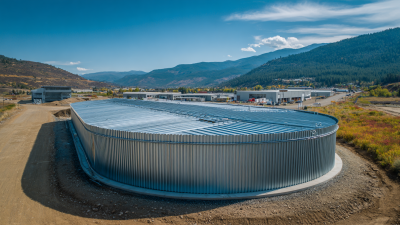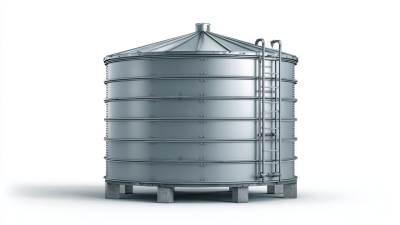When it comes to managing water resources efficiently for your home and garden needs, square water tanks stand out as an ideal solution. Recent industry reports indicate that the demand for versatile storage options like these has risen by over 25% in the last five years, driven by both environmental concerns and a growing interest in sustainable living practices. As water conservation becomes increasingly crucial, square water tanks provide an excellent way to collect and store rainwater, ensuring that homeowners can maintain their gardens while reducing reliance on municipal water supplies.
According to water conservation expert Dr. Emily Rowe, "Investing in square water tanks not only offers practical benefits for irrigation but also aligns with the broader movement towards sustainable resource management." These tanks are designed to maximize space efficiency without compromising on capacity, making them perfect for urban and rural settings alike. Whether you're looking to improve your garden's health or simply want a reliable water source during dry spells, understanding the features, benefits, and considerations involved in choosing the right square water tank will empower you to make informed decisions that benefit your home and the environment for years to come.
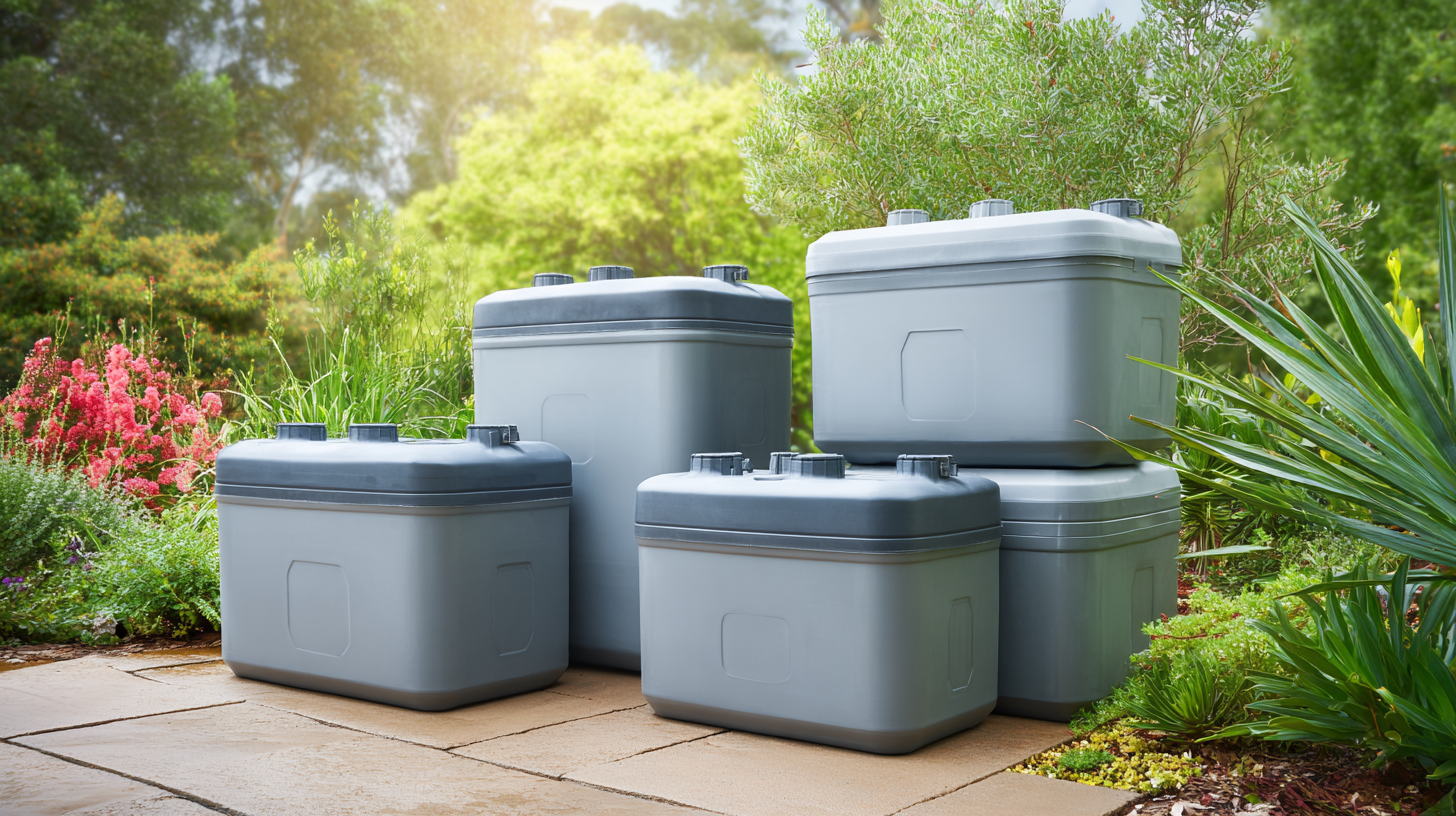
When it comes to managing water resources effectively, square water tanks offer unique advantages for both home and garden applications. Their design maximizes storage capacity in a compact footprint, making them ideal for urban and suburban settings where space can be a premium. According to a report by the National Ground Water Association, proper water storage solutions can lead to a reduction in water waste by up to 50%, which not only conserves this vital resource but also lowers utility bills.
Moreover, square tanks are versatile in their use. They can be seamlessly integrated into garden irrigation systems, ensuring that plants receive consistent watering. A study published by the American Society of Agricultural and Biological Engineers noted that efficient irrigation systems can improve crop yield by up to 30%. These tanks are also easy to maintain and can be customized to fit specific aesthetic or functional needs, whether you're collecting rainwater or storing water for non-potable uses.
**Tips:** When selecting a square water tank, consider factors such as the material—polyethylene, fiberglass, or metal—as each has its own durability and insulation properties. Additionally, assess your water needs and space availability to choose the right size, ensuring that it complements your home and garden without being obtrusive.
This chart illustrates the key benefits of square water tanks, highlighting their advantages for home and garden use.
When selecting the ideal size for a square water tank, it's crucial to consider your household's water needs and the specific applications in your garden. According to the Water and Wastewater Association, an average household uses between 80 to 100 gallons of water per person per day. This figure should guide you in determining the tank's capacity. For example, if your household comprises four people, you might require a tank with a capacity ranging from 1,200 to 1,500 gallons to ensure adequacy for domestic use and gardening purposes.

Tips: Always factor in seasonal changes; during dry periods, your garden may require more water. Additionally, evaluate your local rainwater collection regulations and the feasibility of installing a rainwater harvesting system. Opt for a tank size that allows for overflow management and future expansion as your gardening needs grow.
Another consideration is the space available for the tank. Ensure you have adequate room for installation and accessibility for maintenance. Square tanks can fit snugly in smaller areas, making them a great choice for urban settings. The ability to customize tank dimensions further enhances the fit for various spaces. By assessing both water needs and spatial constraints, you can select a square water tank that perfectly aligns with your home and garden requirements.
When selecting a square water tank for your home and garden, evaluating the material options is crucial. Each material presents unique benefits and drawbacks that can significantly affect the tank's functionality and durability. Plastic tanks are lightweight, corrosion-resistant, and typically more affordable than other materials. They are ideal for residential use, especially in areas with less extreme weather conditions. However, they may not provide the same longevity and robustness as steel or concrete options.
On the other hand, steel tanks offer increased strength and durability, making them suitable for a wide range of applications, including larger agricultural needs. They are resistant to elemental conditions and have the ability to withstand high pressures, making them a great choice for extensive water storage. However, proper maintenance is essential to prevent rust and corrosion over time. Concrete tanks are another viable option, renowned for their sturdiness and excellent insulation properties. They can be an excellent choice for large-scale outdoor storage, but they require a more considerable investment and installation effort compared to plastic options. Choosing the right material ultimately depends on your specific needs, budget, and the environment in which the tank will be used.
| Material | Durability | Cost | Maintenance | Best for |
|---|---|---|---|---|
| Plastic | Moderate - UV resistant but may degrade over time | $100 - $300 | Low - easy to clean | Residential gardens, rainwater collection |
| Steel | High - rust-resistant when treated | $300 - $700 | Moderate - requires regular inspection | Commercial use, large storage needs |
| Concrete | Very high - can last decades | $500 - $1500 | High - heavy and may require professional upkeep | Permanent installations, high-capacity needs |
When installing a square water tank, proper placement is crucial for optimal performance. According to a report by the Water Quality Association, approximately 20% of water tanks fail to deliver efficient water flow due to inadequate installation practices. It’s essential to select a stable, level surface that can support the weight of the tank when filled. This not only prevents structural issues but also minimizes the risk of contamination from the surrounding environment.
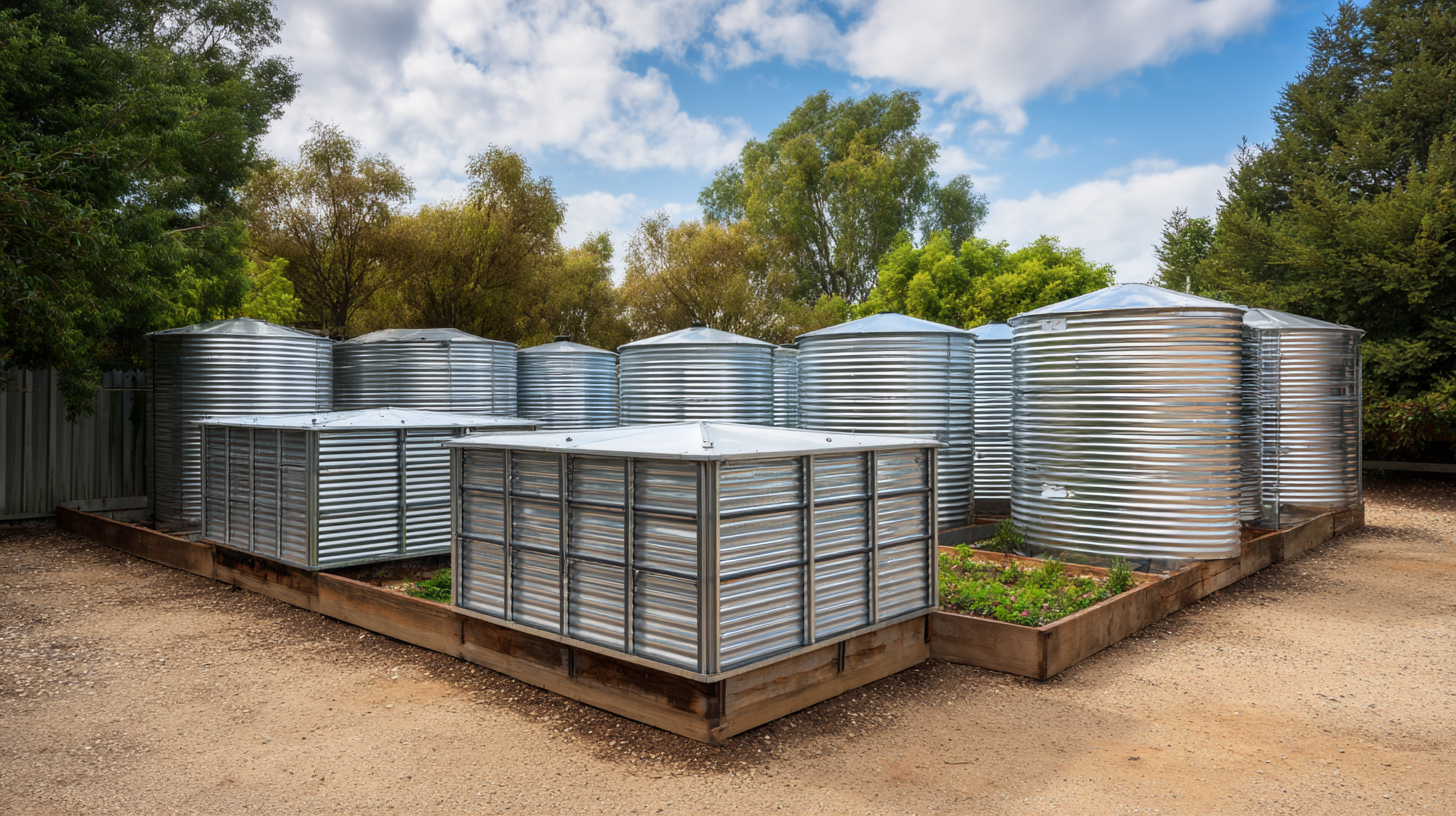
Additionally, ensuring that the inlet and outlet pipes are correctly aligned can significantly enhance water efficiency. Research from the American Water Works Association indicates that poor pipe alignment can lead to a 15% reduction in water flow. It’s advisable to use high-quality fittings and sealants to prevent leaks, which can also degrade water quality over time. Finally, installing a filter system at the tank's inlet can significantly improve water purity, as noted in a study from the National Sanitation Foundation, which emphasizes the importance of preventing sediment and debris from entering the tank. Proper installation and attention to these details are key to maximizing the longevity and effectiveness of your square water tank.
To extend the lifespan of your square water tank, regular maintenance is essential. Start by inspecting the tank for any signs of wear, such as cracks or leaks. It's important to ensure that the seals are intact, as any deterioration can lead to unwanted water loss and contamination. Additionally, periodic cleaning is crucial; sediment build-up can affect water quality and tank efficiency.
Drain the tank periodically and scrub the walls to prevent algae and residue accumulation.
Another vital tip is to monitor the water level and temperature. Avoid exposing your tank to extreme temperature fluctuations, which can cause materials to expand and contract, leading to damage over time. If your tank is placed in direct sunlight, consider adding a protective cover or relocating it to a shaded area. Moreover, routine checks of any connected pipes or hoses will help identify potential issues early on, preventing major repairs and ensuring your water tank serves you well for many years.
